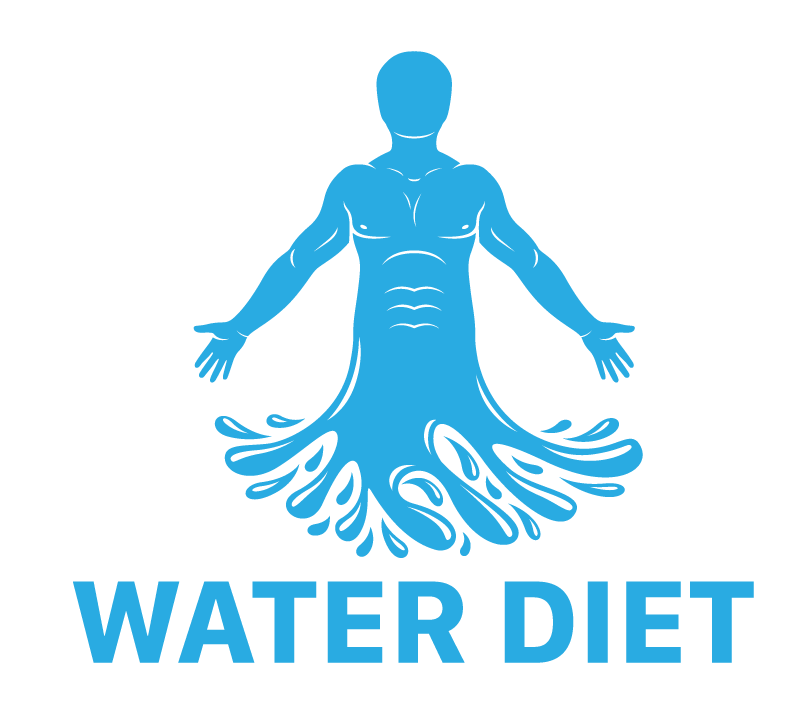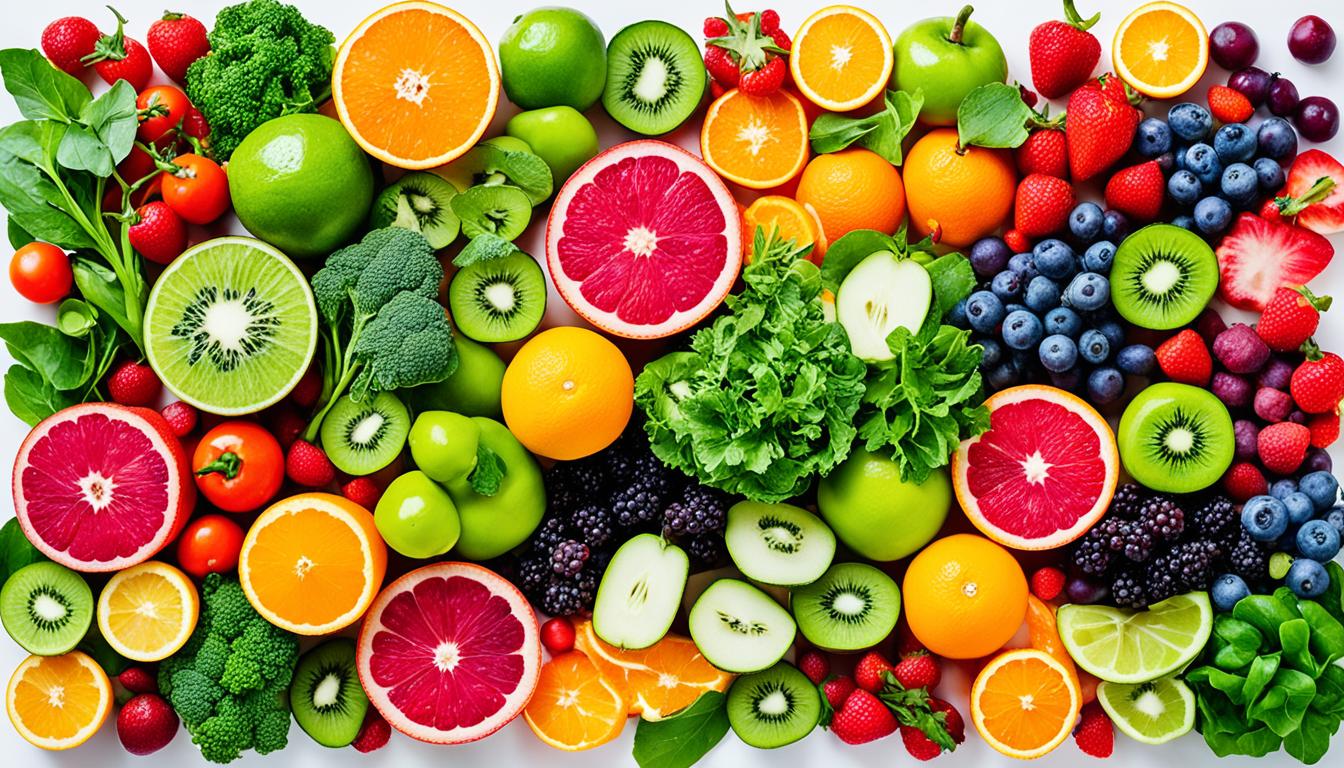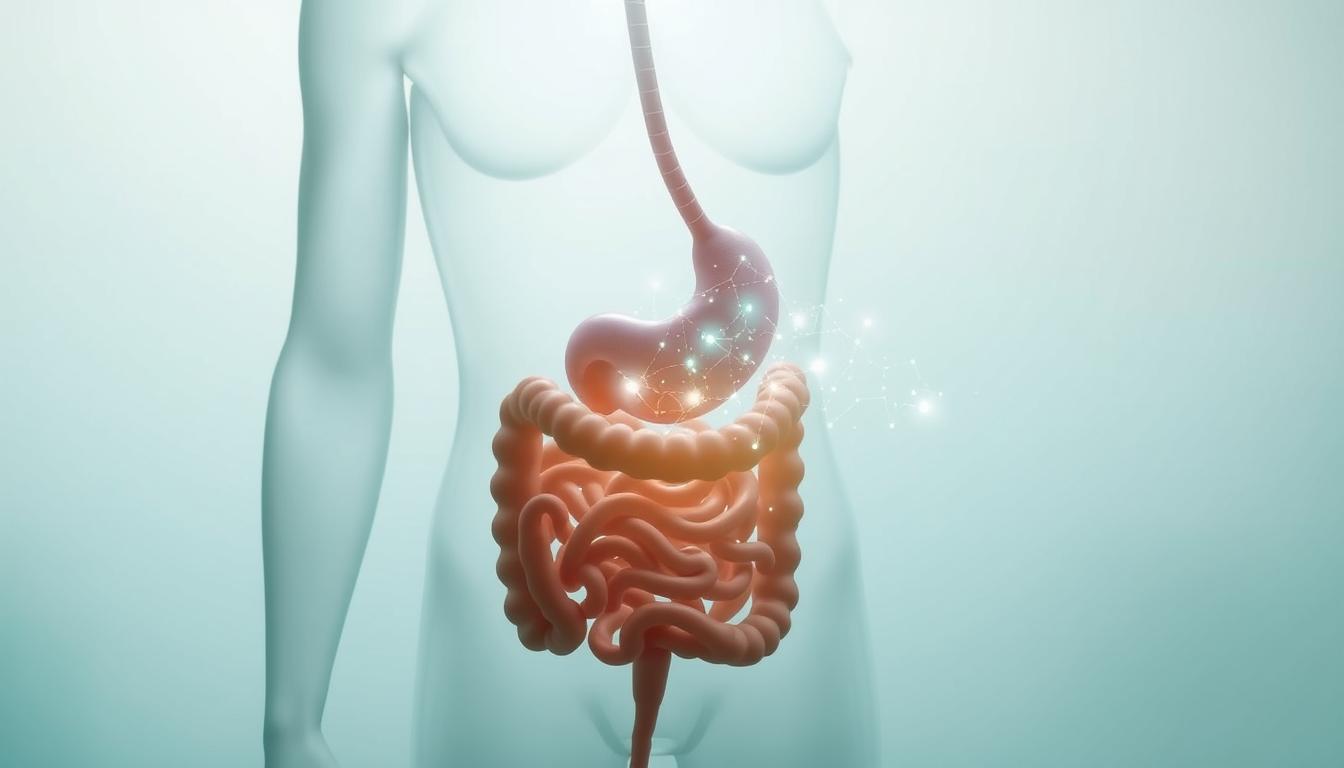Starting to eat again after a water fast can be tricky. You need a good plan to nourish your body again. It’s important to listen to your body’s needs after not eating for a while. This period isn’t just about eating again; it’s about feeding your body the right nutrients carefully.
When bringing food back into your diet, start slow. Choose foods that are easy to digest and full of nutrients. This careful approach helps to keep your body healthy and your diet on track. It’s a way to make sure the benefits of your fast last.
Understanding the Transition: Navigating Your Diet After Water Fasting
Starting to eat after fasting requires careful thought. When your fast ends, your digestive system is extra sensitive. It’s crucial to pick the right foods to maintain your health and keep the fast’s benefits.
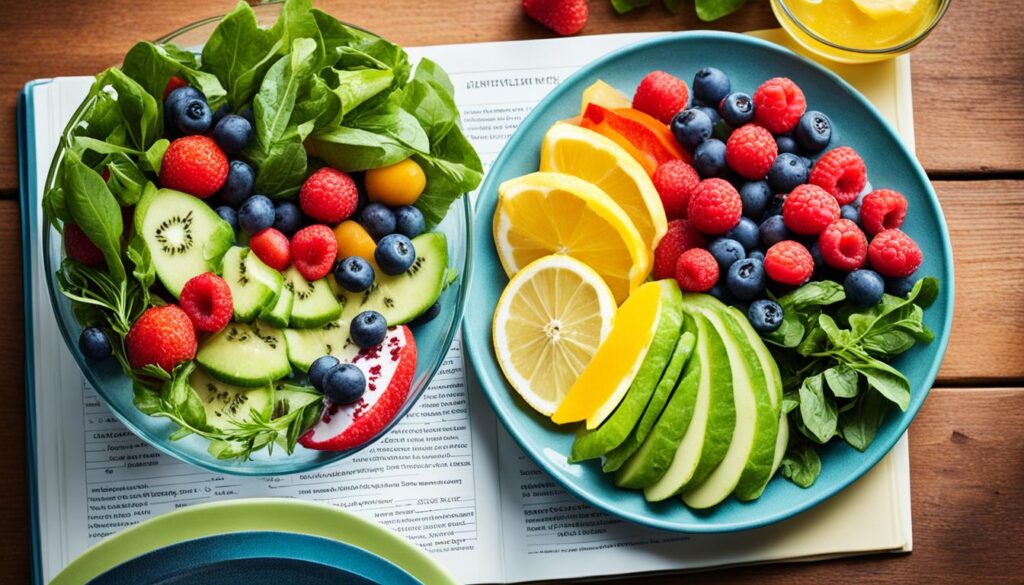
Strategic Introduction of Foods for Refeeding
Your food choices after fasting are important for your health. Start with foods like watermelon, broth, or veggie smoothies. They’re gentle on your stomach. Then, slowly introduce more filling foods such as boiled vegetables and soft grains.
Mitigating Risks of Refeeding Syndrome
Refeeding syndrome is a serious risk when you start eating again. Watching your electrolyte levels and slowly increasing your food intake helps avoid problems. Start with foods low in carbs but full of vitamins and minerals. This helps keep your metabolism balanced.
Creating a Balanced Post-Fast Meal Plan
Planning meals after fasting is about feeding your body right and enjoying a variety of foods again. A mix of whole grains, lean proteins like fish or chicken, and lots of fruits and veggies is essential. They give your body the nutrients it needs to adjust smoothly back to regular meals. Here’s a meal plan to get back to a balanced diet after fasting:
| Day | Breakfast | Lunch | Dinner | Snacks |
|---|---|---|---|---|
| 1 | Fruit smoothie with spinach | Broth with cooked carrots | Baked sweet potato | Watermelon slices |
| 2 | Apple sauce with hemp seeds | Steamed vegetables with quinoa | Grilled salmon with asparagus | Sliced cucumber |
| 3 | Oatmeal with banana | Lentil soup with a side salad | Baked chicken breast with broccoli | Almonds and berries |
Nourishment Strategies for Post Water Fasting Diet Success
Starting a diet after water fasting needs a smart plan. This plan helps your body get nutrients without stressing your stomach. It’s important to find the right balance for healthy eating after water fasting. Drink lots of water, eat nutrient-rich food, and slowly add whole foods to support your body’s healing.
After fasting, focus on foods that help your body recover without too much at once. Eat lean meats like chicken or fish, and whole grains such as brown rice or quinoa. Add lots of fruits and vegetables for vitamins and minerals. These foods are key for getting back to health.
- Lean Proteins: Aid in cellular repair and immune function.
- Whole Grains: Supply the body with sustained energy.
- Fruits & Vegetables: Offer a range of antioxidants and other health-promoting compounds.
Adding healthy fats to your diet after water fasting is also smart. Try options like hemp seed oil for omega-3s, which lower inflammation and help heal after fasting.
It’s important to take it slow when going back to normal eating. Eating too much too soon can cause discomfort and undo fasting’s good effects. Gradually eating more helps prevent stomach problems. Here’s a step-by-step guide to start eating after fasting:
| Days Post-Fast | Food Recommendations | Portion Size | Hydration Tips |
|---|---|---|---|
| Day 1-2 | Broths, juices, cooked vegetables | Small, frequent meals | Continue ample water intake |
| Day 3-4 | Whole grains, lean protein, larger vegetable portions | Moderate, listen to body’s cues | Include herbal teas, rich in minerals |
| Day 5-7 | Regular diet resumption with an emphasis on variety and balance | Gradually increase to normal servings | Maintain hydration; monitor for any dietary adjustments |
It’s best to customize your nutrition after water fasting based on your health and needs. You might want help from a nutritionist or doctor. As you start eating again, pay attention to how your body reacts. Think about how each food group affects your energy and health.
In the end, healthy eating after water fasting means taking care of your body. Give it the right food and respect its healing process. With a good plan, you can keep the benefits of fasting and enjoy a balanced, healthy diet.
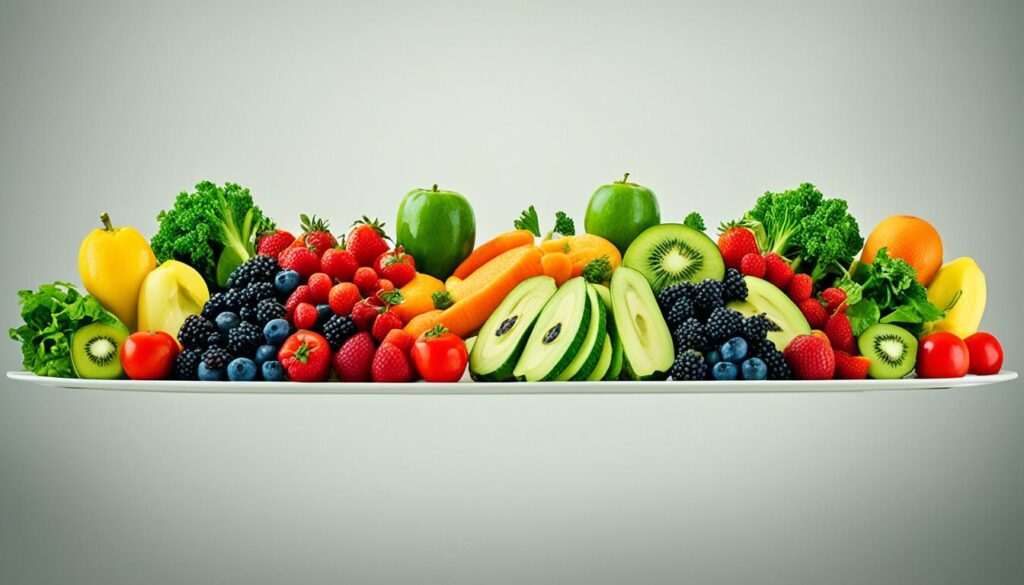
Hydration and Nutrition: Replenishing Your Body After Fasting
Starting to eat and drink after a water fast is crucial. You need to carefully pick foods and drinks to help your body recover. This step is key for balancing your body’s health and wellness.
Identifying Essential Electrolytes and Minerals
While fasting, your body uses up important electrolytes and minerals. These are needed for many body functions. After fasting, it’s key to replace these to avoid health issues and speed up recovery. You need the right amounts of sodium, potassium, and magnesium for nerves, muscles, and to stay hydrated.
Role of Water Intake in Post-Fasting Recovery
Water is very important for life. After fasting, it’s even more essential for getting your body back to normal. Drinking enough water helps remove toxins and eases your return to a normal diet. Aim for 2-3 liters of water rich in minerals every day for the best recovery.
Choosing Hydrating Foods That Boost Recovery
Eating foods that have a lot of water, like cucumbers, strawberries, and melons, is smart. These foods hydrate you and give your body important vitamins and fiber. This helps make your diet healthy and balanced after fasting.
—
| Electrolyte | Key Functions | Food Sources |
|---|---|---|
| Potassium | Regulates fluid balance, nerve signals, and muscle contractions | Bananas, oranges, sweet potatoes |
| Sodium | Maintains fluid balance, supports nerve function, and muscle contractions | Table salt, seaweed, spinach |
| Magnesium | Supports muscle and nerve function, energy production, and bone health | Almonds, black beans, whole grains |
Learning about hydration and nutrition after fasting is vital for recovery. Talking to healthcare pros can help tailor the best plan for you.
Unlocking the Healing Potential of Foods: What to Eat After Water Fasting
Choosing what to eat after water fasting means picking foods that help heal. People focus on food that brings back energy and helps with repairs. Here are some simple steps to help you nourish your body after fasting:
- Gentle Reintroduction: Start with juicy fruits like watermelon. They’re hydrating and gentle on your stomach.
- Smooth Transition: Try smoothies next. Use ingredients like spinach and berries to pack in nutrients for recovery.
- Soft Nutritious Foods: Add steamed veggies and soft greens. These are easy to digest and full of nutrients.
- Solid Food Integration: Later, eat protein foods like fish. They have healthy fats and help with wellness.
- Antioxidant Addition: Foods high in antioxidants, like blueberries, are great. They help renew cells and improve health.
Getting back to normal, like digestion and blood flow, is key. Below is a list of good foods for your diet after fasting.
| Category | Example | Benefits |
|---|---|---|
| Fruits | Watermelon, Berries | Hydration, Antioxidants |
| Vegetables | Steamed Broccoli, Wilted Spinach | Vitamins, Fiber |
| Lean Proteins | Grilled Chicken, Wild-caught Fish | Muscle Maintenance, Healthy Fats |
| Nuts & Seeds | Soaked Almonds, Ground Flaxseed | Omega-3s, Protein |
| Healthy Fats | Hemp Seed Oil, Avocado | Supports Heart Health, Anti-inflammatory |
Everyone’s different, so talking to a nutritionist can help. They can make a diet plan that fits your healing needs after fasting.
Personalizing Your Diet After Water Fasting for Sustainable Health
Starting a health journey after water fasting is more than following a basic diet. It’s about making a diet that meets your unique needs. These needs can be different because of our bodies, how we live, and our health goals. A personalized diet after fasting is not just for the short term. It helps you live healthily for your whole life.
Evaluating Individual Dietary Needs
When creating a personal diet after fasting, it’s key to figure out what your body needs. You should think about the vitamins, minerals, and nutrients essential for you. This step is crucial whether you’re filling up after a fast or dealing with health issues. Understanding what your body needs is the first step to a diet that helps you stay healthy.
Aligning Meal Choices with Long-term Wellness Goals
Knowing what your body needs helps you make meal choices that support your wellness goals. This planning helps each meal move you towards lasting health achievements. It’s not just about what you eat right after fasting. It’s about choosing foods that help you live the way you want for a long time.
Inciting Mindful Eating Practices After Fasting
Mindful eating is also crucial after fasting. It means really paying attention to each bite and understanding when you’re hungry or full. This helps stop you from eating too much and makes your relationship with food better. By choosing your foods wisely, you keep up the good work from your fast and stay healthy longer.
Lastly, getting advice from a healthcare provider is very important when planning your diet after fasting. They help make sure your diet fits your needs and supports lasting health. With a diet made just for you, you can smoothly move from fasting to eating well. This keeps your body healthy and respects the importance of a balanced diet over time.
